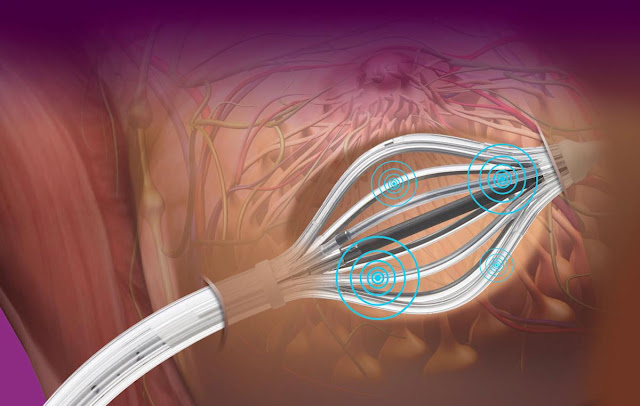Brachytherapy Afterloaders Market Size, Share, Outlook, and Opportunity Analysis, 2022-2028

Brachytherapy Afterloaders Market
Brachytherapy is a form of cancer
treatment in which radioactive sources are placed in or near the tumor. It is a
highly targeted and precise therapy that delivers a high dose of radiation to
the tumor while minimizing exposure to healthy tissues. Brachytherapy has been
used for over a century and is now a well-established treatment option for a
wide range of cancers, including prostate, breast, cervical, and lung cancer.
Brachytherapy afterloaders are devices used to deliver the radioactive sources
to the tumor site.
The brachytherapy afterloaders
market is growing rapidly due to the increasing incidence of cancer worldwide.
According to the World Health Organization (WHO), cancer is the second leading
cause of death globally, with an estimated 10 million deaths in 2020. The
increasing prevalence of cancer has led to an increased demand for
brachytherapy afterloaders, which are used to deliver radiation therapy
directly to the tumor site.
One of the key drivers of the brachytherapy
afterloaders market is the growing preference for minimally invasive
procedures. Brachytherapy is a minimally invasive procedure that requires only
a small incision or puncture to insert the radioactive sources. This reduces
the risk of complications and shortens the recovery time for patients. In
addition, brachytherapy can be performed on an outpatient basis, which is more
convenient for patients and reduces the burden on healthcare facilities.
Another factor driving the growth
of the brachytherapy afterloaders market is the increasing adoption of
image-guided brachytherapy. Image-guided brachytherapy uses imaging
technologies such as MRI, CT, and ultrasound to precisely target the tumor and
avoid healthy tissues. This approach allows for more accurate and effective
delivery of radiation therapy, which improves outcomes for patients. As a
result, there is a growing demand for brachytherapy afterloaders that are
compatible with image-guided techniques.
The brachytherapy afterloaders
market is also benefiting from advances in technology. Newer afterloaders are
equipped with advanced features such as real-time monitoring and control,
automated source positioning, and remote operation. These features improve the
accuracy and precision of the treatment, reduce the risk of human error, and
increase the efficiency of the procedure. In addition, new afterloaders are
designed to be more compact and portable, which makes them easier to transport
and use in a variety of settings.



Comments
Post a Comment